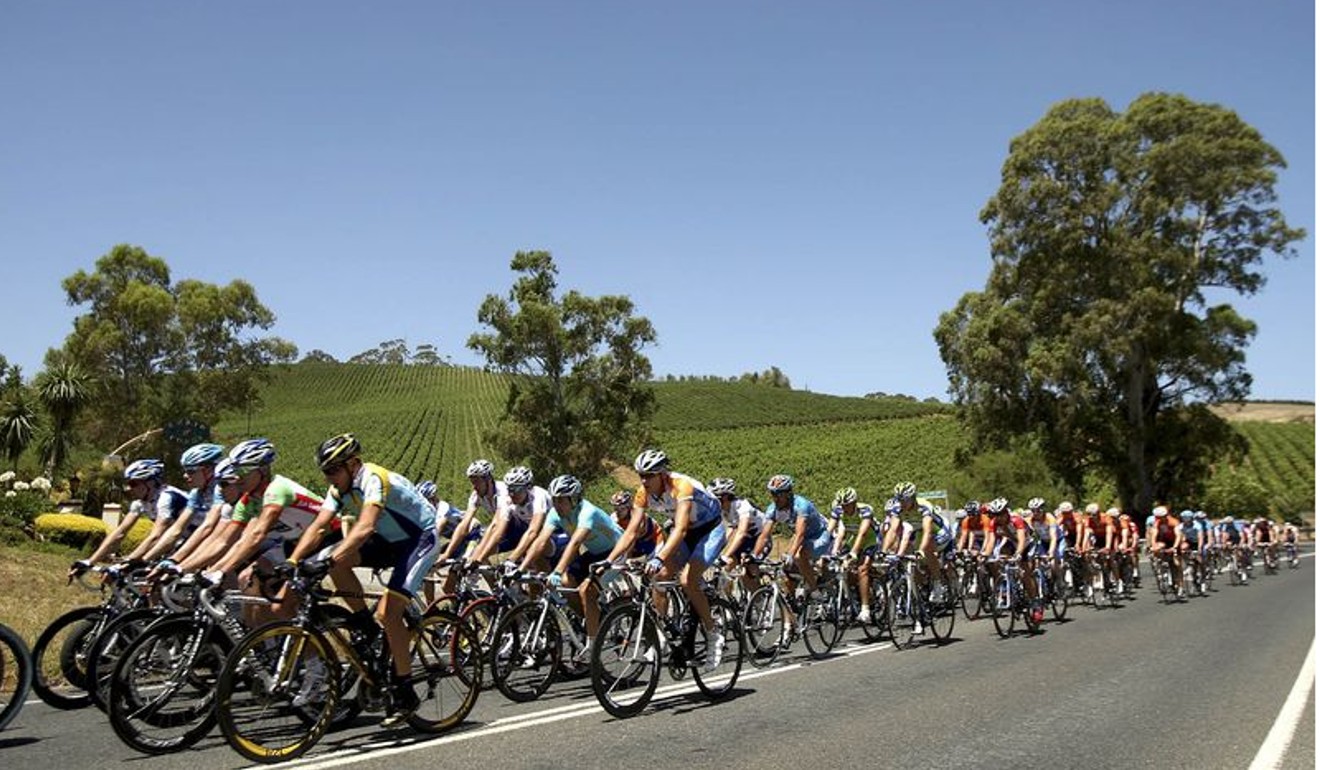
Why Australian wines are storming America’s shores
Your guide to the best new wines from the continent’s lesser-known vineyards
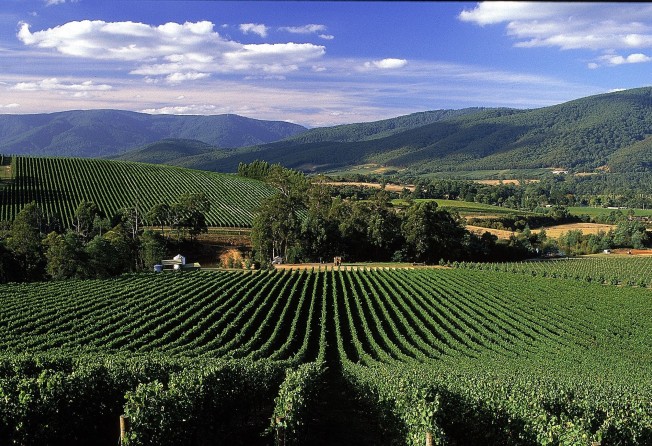
Maybe your idea of Australian wine is Yellow Tail, the massively successful, superplonk with a jumping kangaroo on the label. Or maybe you picture an in-your-face monster shiraz so thick and fruity you could practically sip it from a spoon.
If you think those examples define Down Under wines, you couldn’t be more wrong.
Australia’s fine wine scene is one of the world’s most exciting, dynamic, and diverse, with 65 regions growing more than 100 different varietals for nearly 3,000 wineries. A wave of young, avant-garde winemakers with hipster beards and daring ideas are experimenting with reds and whites all over the country and making killer wines.
So why don’t we all know this?

Back in the late 1990s and early 2000s, people in the US were clamouring for only two things from Australia’s vineyards – cheerful budget wine with critters on their labels, and luxury shirazes, which mostly came from the Barossa Valley near Adelaide. Although high-quality vino from other grapes was being made at small boutique wineries in many regions (also in the Barossa), the American perception of Aussie wine didn’t include them. As a result, they were hard to find and buy in the US
Those shirazes owed much to historic brand Penfolds, which established Australia’s wine reputation with its famous shiraz blend Grange and a handful of other collectible cuvées. It long defined Australian wine as multi-region, multi-varietal blends.
Then, starting in 2008, came a taste rebellion against fruit-bomb reds and the financial crisis. At the same time, the value of the Australian dollar surged to a 25-year high against the US dollar, and drought and bush fires decimated vineyards and wineries in Victoria.
Interest in Australian fine wine crashed, and American importers and retailers cut their Aussie selections by 50 per cent. Most of those big shirazes disappeared from restaurant lists. Penfolds was caught up in turbulent mergers, and even sales of Yellowtail, after years of growth, flattened out, as inexpensive wines from such places as Argentina flooded into the market.
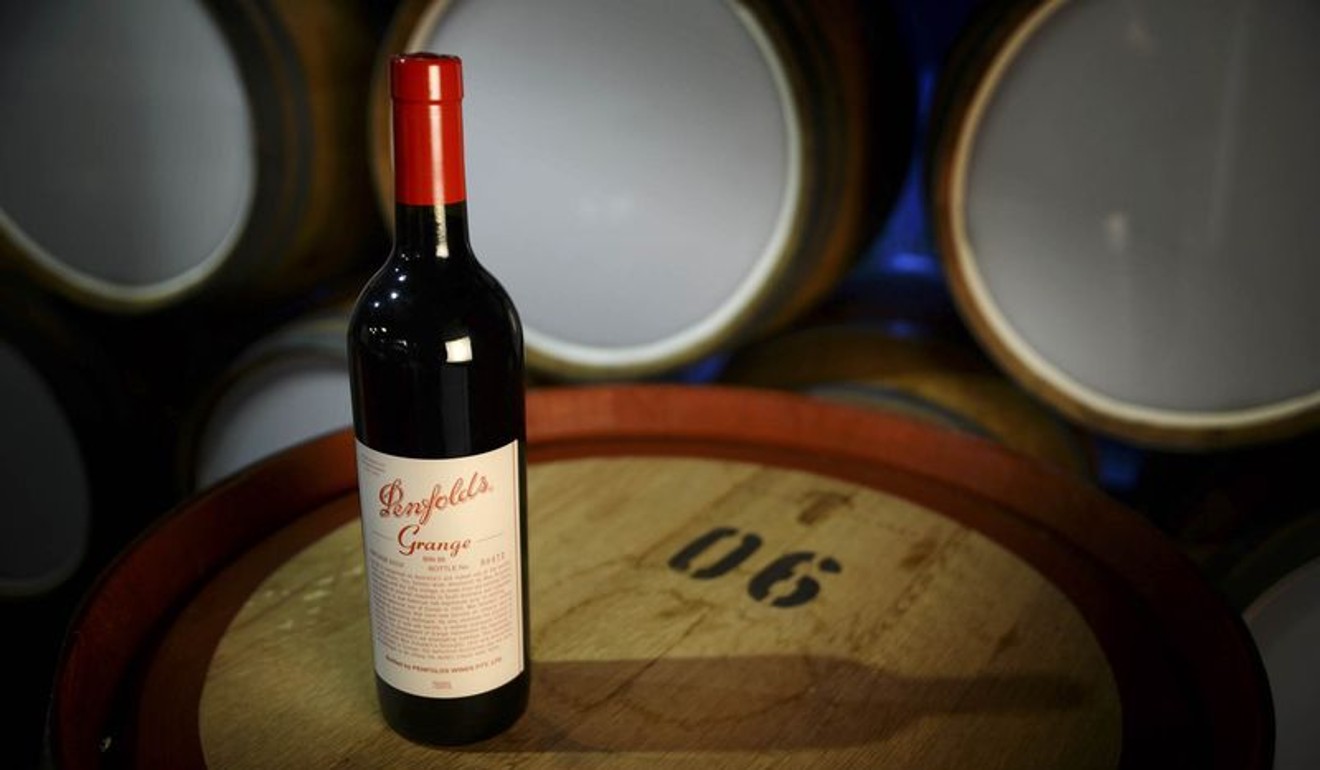
Now, at last, people are again starting to recognise how good Aussie wines can be, at least after they taste them. Take Michael Engelmann, wine director at New York’s the Modern. A stint at Sydney’s Rockpool Bar & Grill, he says, introduced him to “the great things happening Down Under.” When he started at the Modern in 2014, he boosted the number of Aussie wines from five to 100.
And a recent Wine Australia Export Report revealed sales of wines of more than US$25 were up 17 per cent in the US for the year ended June 2017.
In the past month, I sampled dozens of exciting new-wave reds, whites, and sparkling wines at four tastings in New York and San Francisco. Many of them are set to arrive on retail shelves this fall for the first time.
To shop the Oz wine renaissance, here’s what you need to know.
Regions
Australia has a vast range of climates, from warm Barossa Valley to multiple cool spots. Ocean-breeze-swept Margaret River is great cabernet and sauvignon blanc territory; the Mornington Peninsula near Melbourne turns out elegant, silky pinot noirs and Chardonnays, and the cold, isolated, southerly island of Tasmania (known as “Tassie”) is now a holy land for sparkling wine producers.
Australia’s dirt has some of the planet’s most diverse geology, which means wines from the same grape can be wildly different depending on where the vines are grown.

Grapes

This is not a one-varietal country. Yes, the shiraz grape is still Australia’s heart and soul, and lately we’ve seen some exciting variations on that theme: top winemakers such as Timo Mayer in the Yarra Valley have swapped the familiar bold, in-your-face format for savoury, northern Rhone-style versions they often label syrah.
But there’s much more: Fresh, delicious cabernet, sexy pinot, lean, Chablis-like chardonnay, and especially succulent Grenache – Australia has those, too. Italian grapes such as montepulciano, dolcetto, Sangiovese, and vermentino are now having a moment and will figure in Australia’s future. Luke Lambert (see below) is all-in on Piemonte’s nebbiolo (“neb,” in Aussie slang).
Young guns
Even in the oldest, most-established wine regions, new winemakers are stirring up revolutions.
Typical is a buzzed-about band of renegades clustered in the Adelaide Hills known as the Basket Range Collective. “We’re people who look like punks,” admitted James Erskine of Jauma winery, a former sommelier and musician, over lunch in San Francisco. “We want to challenge [Australia’s] wine paradigms.” To him, that means experimenting with trends now in vogue in the US and U. K. – natural winemaking, pét-nats, and skin-fermented whites.
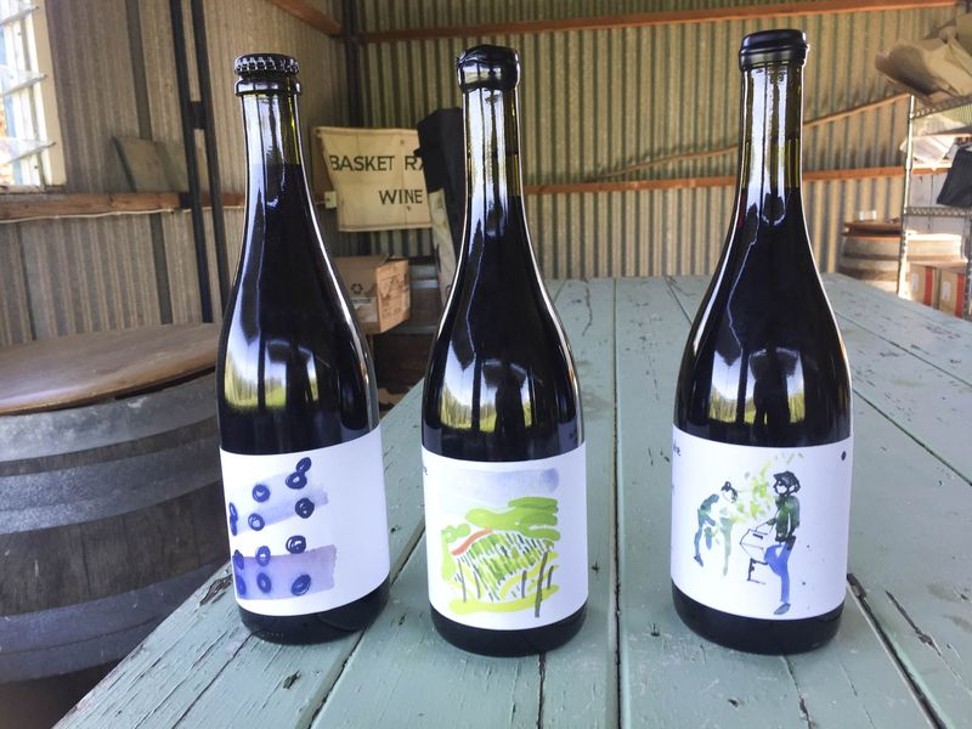
The other part of the revolution is that now you can actually find these wines in America and the UK, as well as Japan, thanks to passionate indie importers, mostly Aussie expats. Five years ago, when he founded Little Peacock Imports in New York, Gordon Little offered nine wines. Today he sells more than 100.
“There the wines Aussies used to keep for themselves,” he says. “At the beginning, Americans were surprised they weren’t just shiraz and chardonnay. We have fianos, pét-nats, people want what’s new.”
The latest to join this club is Nine Liter imports, whose first shipment, arriving any day now, includes pinots from Ten Minutes by Tractor and a bargain petit verdot from cult winemaker Bill Downie, two producers I admired on a trip to Australia four years ago. At long last, I’ll be able to snap them up.
Australian wine guide
2016 BK Wines White Skin ’n Bones
Brendon Keys, a former chef and DJ, makes this “orange” wine (a white made by letting the juice macerate on the skins for a month) from savagnin, a grape from France’s Jura region. It has orange-peel and fresh herb aromas and a honeyed pear taste.
2016 Jauma Like Raindrops Grenache
James Erskine turns to carbonic maceration, a technique frequently used in Beaujolais, to make this juicy red from grapes grown in McLaren Vale. Aussies call the salty fruitiness that makes you want to gulp it down “smashable.” (Look for his Chenin Blanc, Sand on Schist, too.)
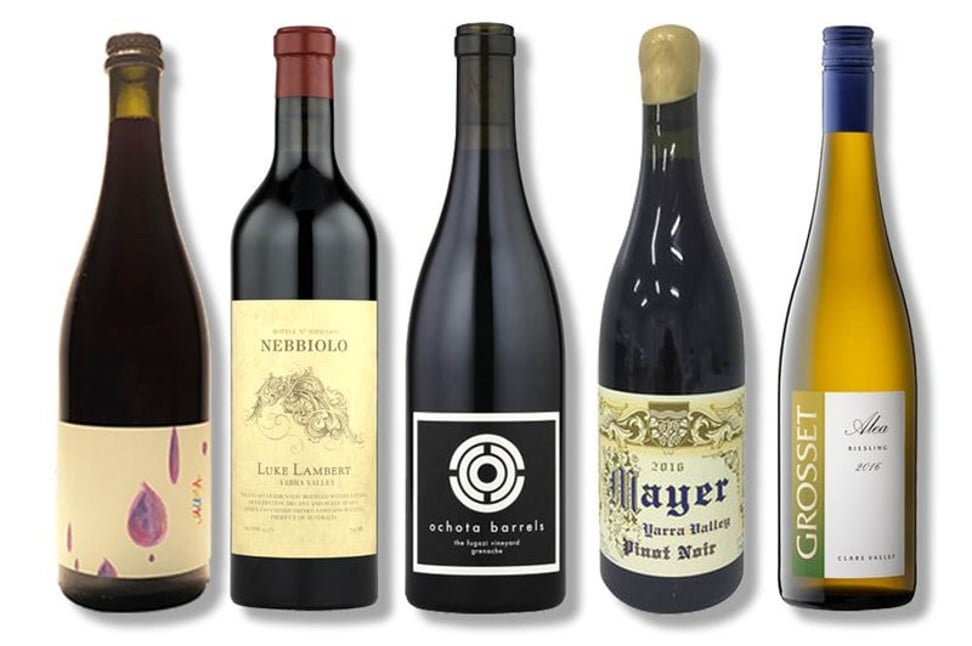
2016 Grosset Alea Riesling
Jeffrey Grosset is famous for his complex, highly collectible Polish Hill Riesling, but this lively German-style bottling from the Clare Valley is citrusy, off-dry, and drink-me-now perfect. It comes from a tiny vineyard parcel – and is a bargain at the price.
2016 Luke Lambert Nebbiolo
Inspired by a stint making Barolo in Piemonte, Lambert crafts this rose-petal-scented nebbiolo from a rocky vineyard in the Yarra Valley. He also makes stellar syrahs.
2006 Kreglinger Vintage Brut Rosé
Of 22 Tasmanian sparkling wines I tasted, this all-pinot noir cuvée really impressed me. Complex, powerful, and loaded with smoky fruit, it has a long, long finish.
2015 Tolpuddle Vineyard Chardonnay
Super bright and lemony but also stylish and complex, this white from a famous vineyard in Tasmania is also flinty and precise.
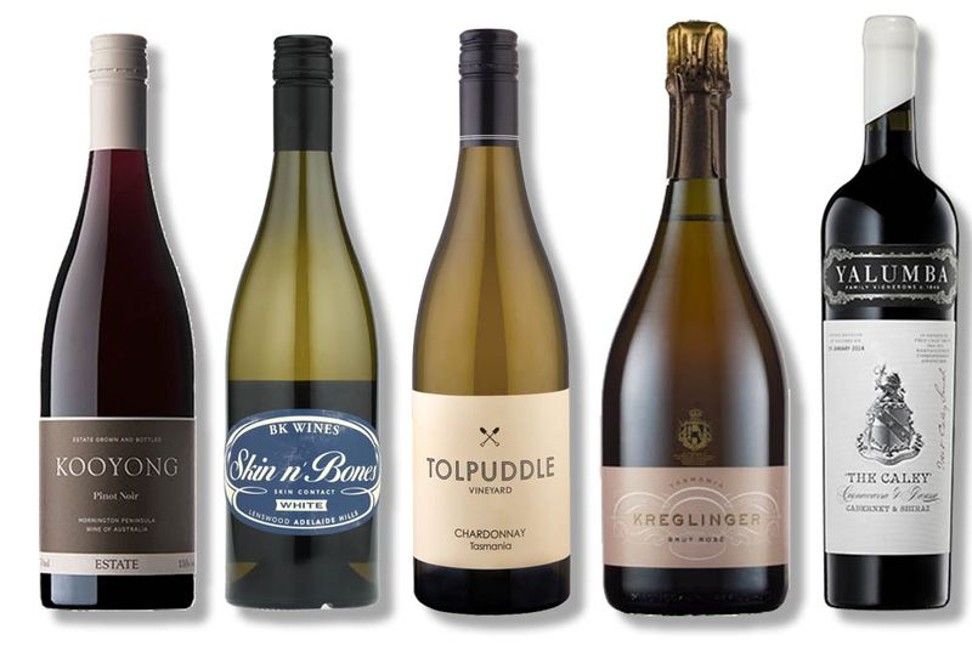
2015 Kooyong Estate Pinot Noir
Mornington Peninsula, the weekend playground for Melbourne’s elite, is home to dozens of pinot makers. Kooyong makes a range of subtle, earthy, savoury examples; this one tastes of dark cherry and spice.
2016 Ochota Barrels the Fugazi Vineyard Grenache
Once a member of a punk band, winemaker Taras Ochota named this wine for post-hard core punk band Fugazi. It has a rush of tangy-tart red fruit, glossy texture that reminds you of pinot noir, and aromas of rose petals and spice.
2016 Mayer Syrah
This wonderfully vivid red from the cool Yarra Valley is spicy and super elegant, complex and savoury, with a gorgeous silkiness. Mayer also makes top pinots and an excellent nebbiolo.
2012 Yalumba The Caley
Although they’ve slipped out of the limelight, plushy cabernet-shiraz blends, an Australian institution, haven’t disappeared. This brand-new one from Coonawarra and Barossa stood out among the two dozen I sampled.